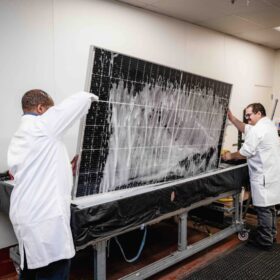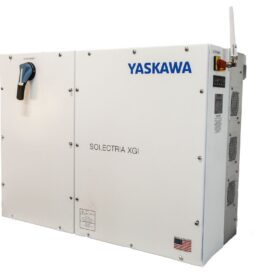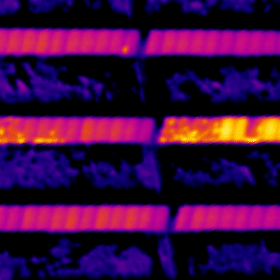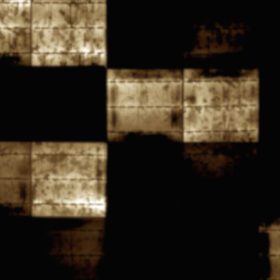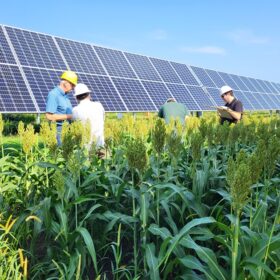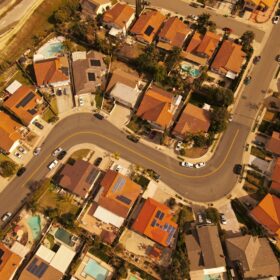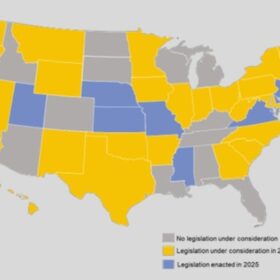‘TOPCon technology comes with three or four relevant risks that should be known’
The results of this year’s Kiwa PVEL scorecard show that TOPCon technology is more vulnerable than PERC, and the failure rate at BOM level has increased to 41%, the highest in history, according to the testing lab.
Solar module reliability ranked in scorecard
The independent test lab Kiwa PVEL names 53 manufacturers and 388 models–a record number of Top Performers in the ten-year history of the Scorecard.
Yaskawa Solectria Solar to exhibit U.S.-made utility-scale inverters
In partnership with solar panel manufacturer First Solar, the company developed the inverters to reduce degradation rates.
PVEL solar module scorecard: In a rush to innovate, some manufacturers ‘overlooked basic quality control’
PV Evolution Labs (PVEL), a test lab for the downstream solar market, just published its PV Module Reliability Scorecard. The lab notes the high level of innovation in the solar module industry and namechecks the market’s reliability leaders — but also observed a resurgence of known failure mechanisms — such as PID.
What causes PID?
Potentially Induced Degradation (PID) can significantly impact PV system output and be a real headache for system owners. But what is PID, what causes it, and what can be done to prevent it?
PID-related performance drop in a solar farm
Some PV panels or batches of modules are susceptible to potential induced degradation (PID), while others are scarcely affected. Currently, many PV farm operators in Europe are experiencing this reality. The third instalment of our “Bring on the Black Sheep” series describes a case in which a module manufacturer behaved in a close to exemplary manner, but the inverter manufacturer made life difficult.
